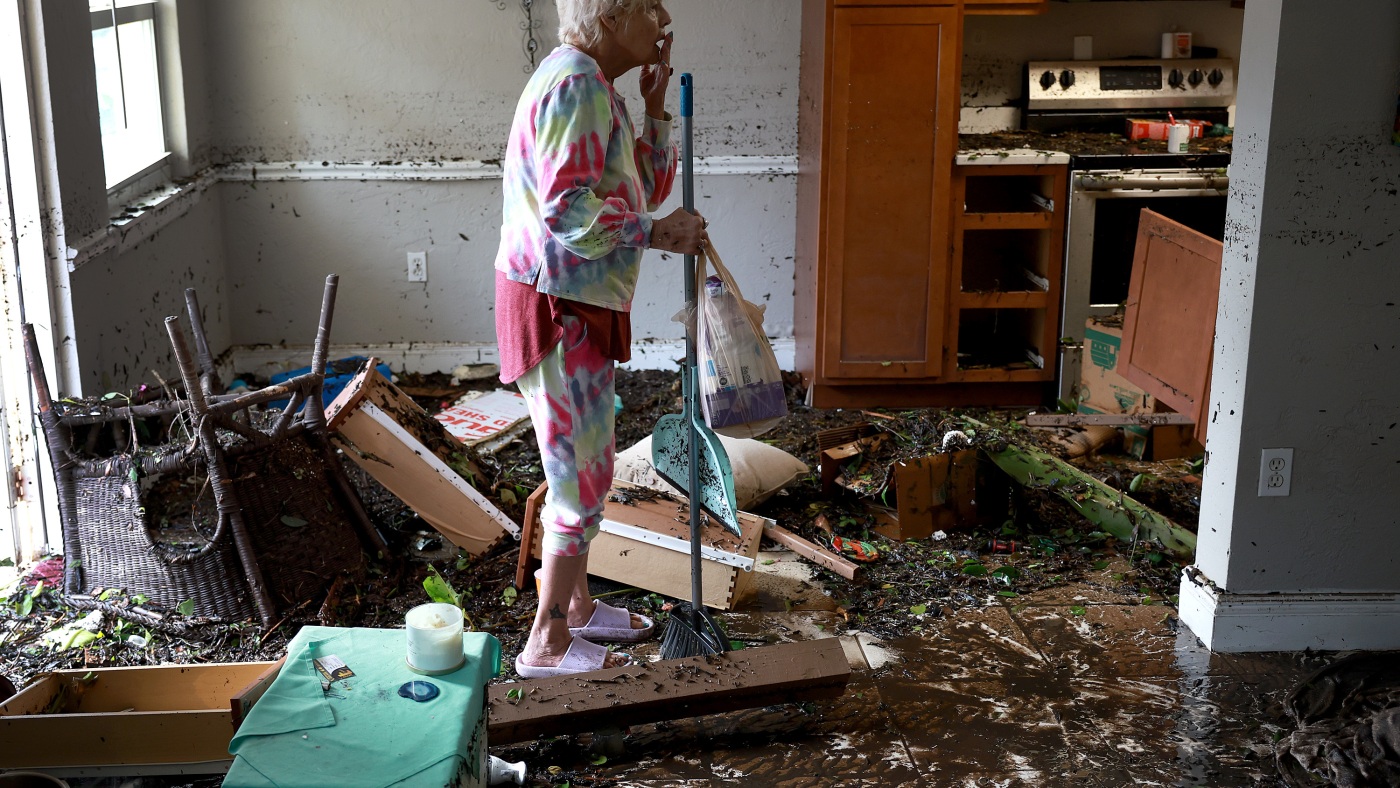How does climate change cause heat waves?

Climate change is transforming the character of the West’s hottest periods, making them more frequent, more persistent and deadlier.
For most of human history, heat waves have been caused by natural variability – or the tendency of weather patterns to occasionally deviate from their usual conditions. But today, the buildup of greenhouse gases from burning fossil fuels increases the likelihood and severity of such extreme heat events.
Although California and the American West will continue to experience cool days and periods of heavy snow accumulation, scientists say the long-term trend is that the planet is warming due to the continued burning of fossil fuels. Since 1880, the global average temperature has increased by about 2 degrees.
How does climate change affect the length and duration of heat waves? How will rising temperatures affect populations and ecosystems? How much is the temperature expected to rise if current emissions continue at the same rate?
Here’s what the experts say:
How do we know the planet is warming?
Temperature readings in Earth’s atmosphere and its oceans are monitored by thousands of weather stations, buoys and ships around the world. Scientists use this data to calculate an average global temperature.
“We know the planet is warming because all of these groups are independently documenting a clear, long-term increase in our global average temperature,” said Kristina Dahl, a senior climate scientist at the Union of Concerned Scientists, a national organization at non-profit.
“This is a trend that cannot be explained by any natural cause, such as changes in volcanic eruptions or solar radiation,” she said. “Human emissions of carbon dioxide and methane, two gases known to trap heat, very clearly explain the trend we observed.”
Nineteen of the 20 warmest years on record have occurred since 2000, according to the National Oceanic and Atmospheric Administration.
The year 2023 was the hottest on record on the planet. In July, Phoenix recorded 31 consecutive days of temperatures of 110 degrees or higher – the hottest month on record for a U.S. city.
In 2021, an abnormal and extreme heatwave in the Pacific Northwest killed hundreds of people and an estimated 1 billion sea creatures off the coast of British Columbia. A study of this event found that such heatwaves could become 20 times more likely if current carbon emissions continue.
How much is the temperature expected to rise if current emissions continue at the same rate?
Scientists use a range of potential future emissions scenarios to try to discern how emissions choices will affect all aspects of our climate, Dahl said. Here is a sample of what these scenarios show:
- If emissions remain at current levels until around 2050, and then begin to decline thereafter, global temperatures will warm nearly 5 degrees by the end of the century. This is what the Intergovernmental Panel on Climate Change considers to be an “intermediate scenario”.
- With current policies in place, we would experience similar warming – on the order of 4.3 to 5 degrees – unless these policies are significantly strengthened. California aims to achieve carbon neutrality by 2045, while the country as a whole aims for 2050. Other countries have longer goals, such as China, which is aiming for 2060.
- In a worst-case scenario, in which our heat emissions triple by around 2075, the planet would experience warming of around 8 degrees. This is unlikely, as it implies higher emissions than the path we are following.
How does climate change affect the length and duration of heat waves?
Across much of the United States, extreme heat events have increased in frequency since the mid-1960s, and the number of record high temperatures has exceeded the number of record low temperatures since the mid-1980s.
“While there is no single definition of what constitutes a ‘heat wave,’ we know that cities across the United States and around the world have experienced more intense and longer-lasting heat waves over the past few years. Last 60 years,” Dahl said. “Looking around the world, the number of heatwave days has almost doubled since the 1980s. During this time, heat waves have also increased in duration.
What are the potential consequences of rising temperatures on populations and ecosystems?
Extreme heat is one of the deadliest effects of climate change. Each year, extreme heat kills more Americans than any other climate hazard, including hurricanes, floods and wildfires, but it gets far less attention because it kills so quietly.
A 2021 Times investigation found that California chronically underestimated the number of deaths from extreme heat, which disproportionately harms poor people, the elderly and other vulnerable people.
High temperatures can affect the human body in several ways. Heat can cause dehydration, dizziness and headaches, and worsen underlying health conditions such as cardiovascular disease. Health trackers typically show spikes in deaths linked to heart problems during and in the days immediately following heat waves.
A scorching heat wave in California in September 2022 killed 395 people, according to state health officials.
During Phoenix’s record heat in the summer of 2023, emergency rooms also saw an increase in people suffering sidewalk burns, as concrete can reach 170 degrees or more in air temperatures high. Officials said many burn patients may have passed out on the sidewalk due to dehydration, intoxication or other factors that prolonged their exposure and complicated their treatment.
People who work outdoors or lack air conditioning are at particular risk of heat-related illness and death during an extreme heat event. California has established heat standards for outdoor workers, but has not yet done the same for indoor workers.
Aside from health risks, “more frequent and intense extreme heat is also shaping the way we experience and perceive the world around us, whether it’s whether we can enjoy a visit to a park national or if it’s safe to walk a few blocks to get an ice cream cone,” Dahl said.

A Labor Day weekend crowd descends on Huntington Beach as a heat wave grips Southern California, with temperatures in the Valley and inland reaching triple digits on Saturday 5 September 2020.
(Luis Sinco/Los Angeles Times)
This includes effects on ecosystems.
For example, warming temperatures have allowed pests such as bark beetles to survive through winter and expand their range, which has decimated Western forests. Avery Hill, a postdoctoral researcher at the California Academy of Sciences, noted that for every additional 1.8 degrees of global warming, up to 40 percent more trees could die from beetle infestations.
Warming temperatures are also implicated in drying out vegetation, which can contribute to larger, faster and more frequent wildfires.
Additionally, forests that do not recover from severe fires may shift to different ecosystems entirely, which not only affects the range of plants and animals in the area, but can also affect the food web as a whole, Dahl said.
It was hot before. Isn’t the planet always changing?
Earth’s climate has always changed and it will continue to change due to factors such as changes in the shape of our orbit around the sun, Dahl said. However, the changes observed over the past 150 years or so are unprecedented.
There is now more carbon dioxide in our atmosphere than at any time in the last 2 million years, she said. Sea levels have risen faster in the last century than in any previous century in the last 3,000 years. Glaciers – and the essential fresh water they contain – are retreating at a faster rate than in any period in more than 2,000 years.
“The source of these changes is very clear: it is us. We are changing our climate because of our thirst for fossil fuels and the energy they provide,” Dahl said.
From a geological perspective, one could argue that because humans are part of the planet, these changes are natural, or that we should do nothing to address climate change.
“But the reality is that humans have never experienced this kind of change before,” Dahl said, “and if we want to alleviate the suffering of the people, plants and animals who are experiencing this change most acutely , we will have to wean ourselves.” fossil fuels, and as soon as possible.
California Daily Newspapers





